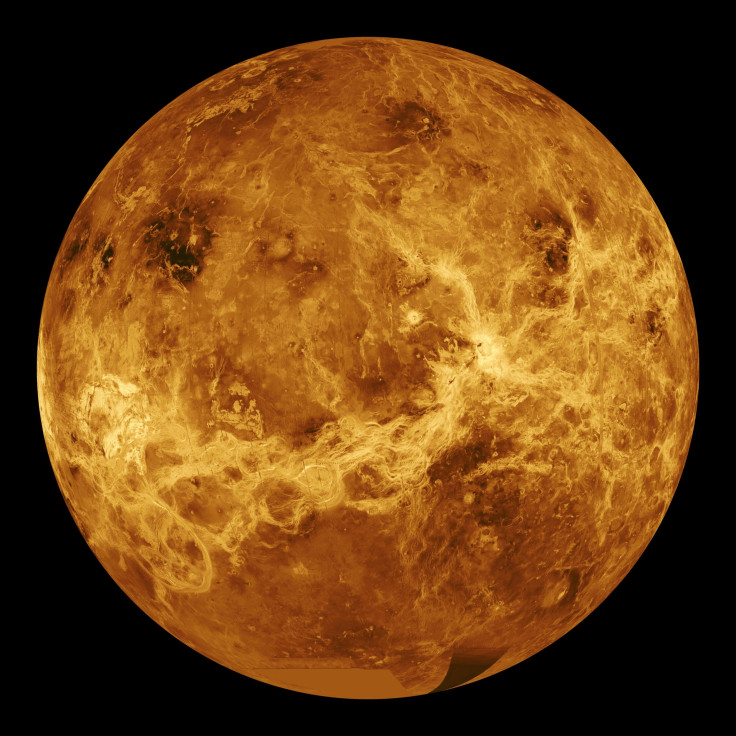NASA Might Explore Venus With Stingray-Like Spacecraft

NASA might explore Venus and its dark side using a unique probe that looks and moves like a stingray. According to the developers of the spacecraft, the probe will be equipped with wings that flap like a stingray’s pectoral fins.
Although Venus is one of Earth’s closest neighbors, not much is known about the planet. Unlike other planets such as Mars, Venus’s hostile environment and atmospheric conditions make it challenging to be explored by a probe.
This could all change through an innovative spacecraft currently being developed by the University of Buffalo’s Crashworthiness for Aerospace Structures and Hybrids (CRASH) Laboratory.
Its proposed probe, known as the Bio-Inspired Ray for Extreme Environments and Zonal Explorations (BREEZE) was selected by NASA as part of its Innovated Advanced Concepts. This program provides funding for exceptional technologies that can be used for space exploration.
According to the scientists of CRASH, BREEZE will serve as a unique spacecraft due to its morphing abilities. Unlike traditional planetary probes, BREEZE will be equipped with wings that will allow it to fly and glide like a stingray in the water.
The scientists explained that through these wings, which can morph depending on the situation, the probe will have various mechanical capabilities such as thrust, additional lift and stability. They noted that these are important factors when it comes to navigating through Venus’s harsh conditions.
Javid Bayandor, the project’s lead investigator and director of the CRASH Lab, explained that BREEZE’s unique nature-inspired design will allow the probe to take advantage of the powerful winds in Venus’ upper atmosphere. It will also provide scientists with perfect control of the probe during its mission.
“By taking our cues from nature, specifically sea rays, we’re looking to maximize flight efficiency,” Bayandor said in a statement. “The design will allow for a so-far unattained degree of control for such a spacecraft that would be subject to severe zonal and meridional winds on the planet.”
According to CRASH Lab’s scientists, BREEZE’s mission will involve navigating Venus every four to six days to monitor the planet’s weather patterns, atmospheric conditions and volcanic activity. It will be able to do so continuously through its solar-powered design.
© Copyright IBTimes 2024. All rights reserved.





















